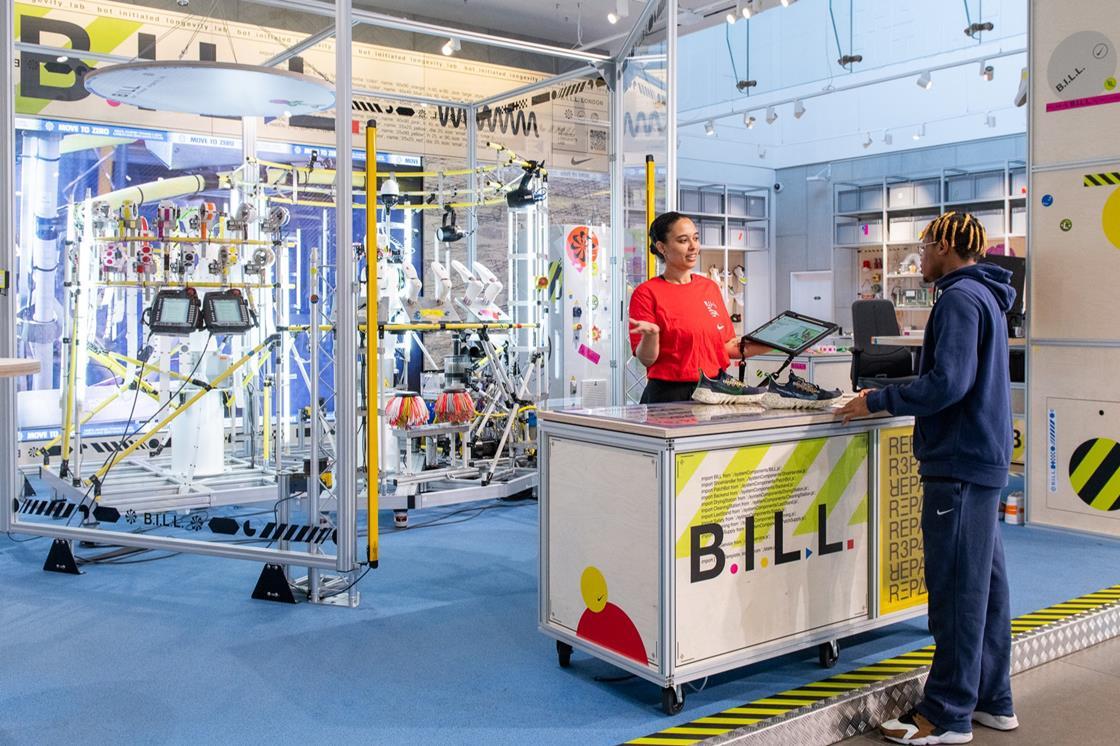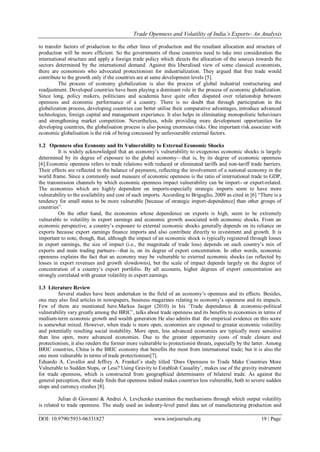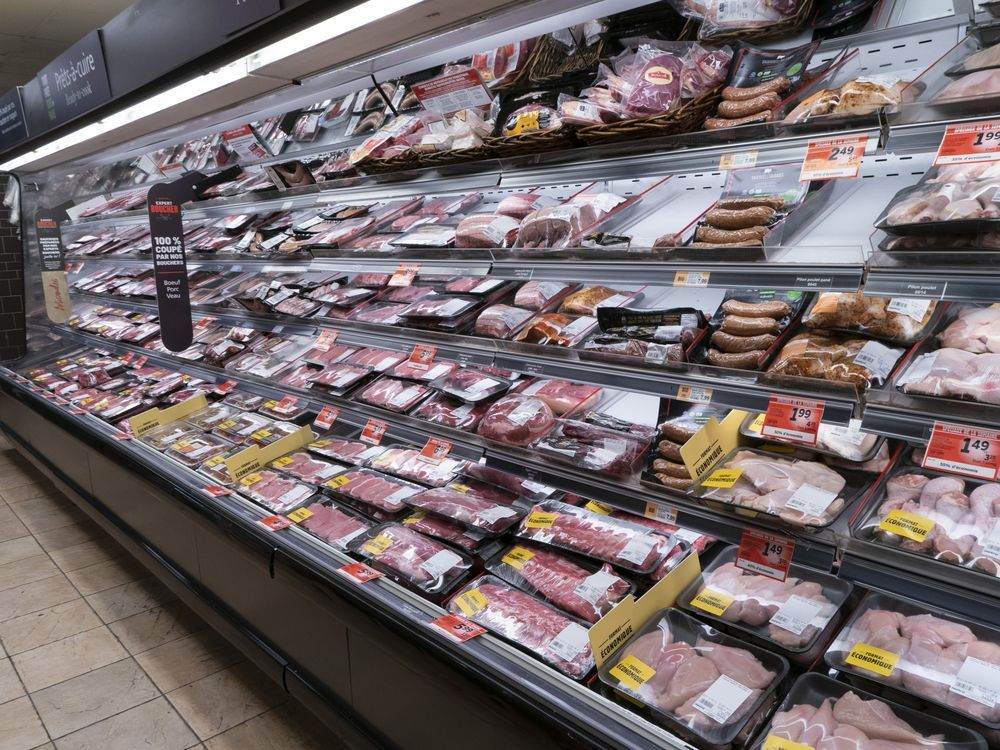Why Robots Struggle To Replicate Human Skill In Nike Sneaker Production

Table of Contents
The Complexity of Sneaker Construction
The construction of a Nike sneaker is far more intricate than it appears. The process requires a level of dexterity and precision that current robotic technology struggles to match.
Dexterous Manipulation
Robots lack the fine motor skills and adaptability needed for many crucial steps. Tasks such as threading laces, applying glue with pinpoint accuracy, and handling delicate materials like leather and mesh require a level of nuanced movement beyond the capabilities of most industrial robots.
- Limited range of motion: Current robotic arms often lack the flexibility and articulation of a human hand, limiting their ability to manipulate materials in complex ways.
- Difficulty with unpredictable material properties: The varied textures and thicknesses of materials used in sneaker production (leather, synthetics, mesh) pose significant challenges for robotic gripping and manipulation. Robots struggle to maintain a consistent grip on materials with inconsistent properties.
- Challenges with intricate stitching patterns: The precise stitching required for many sneaker components demands a level of dexterity and control that robots currently cannot achieve reliably. The subtle variations in pressure and tension needed for quality stitching are hard to replicate robotically.
The assembly of the midsole and upper, for instance, requires incredibly precise alignment and delicate manipulation—tasks where human dexterity proves far superior to current robotic technology.
Variability in Materials
Sneaker production utilizes a diverse range of materials, each with unique properties. This variability presents a significant obstacle to robotic automation.
- Difficulty in handling soft materials: Soft, pliable materials like leather and certain synthetic fabrics are challenging for robots to grip and manipulate without damage. Current grippers often lack the sensitivity to avoid tearing or stretching these materials.
- Inconsistent grip strength: Maintaining a consistent grip on materials with varying textures and thicknesses is crucial for precise assembly. Robots struggle to adapt their grip strength dynamically to accommodate these variations.
- Challenges in adapting to material variations within a single batch: Even within a single batch of materials, there can be subtle differences in texture and thickness. Robots require precise pre-programming for each variation, making mass production challenging.
The inconsistencies in material properties significantly impact robotic gripping and manipulation, highlighting the limitations of current sensor technologies in accurately assessing and adapting to these variations.
The Role of Human Craftsmanship and Quality Control
Beyond the physical dexterity required, human skill plays a crucial role in quality control and problem-solving.
Subjective Quality Assessment
Identifying defects and ensuring consistent quality often relies on subjective human judgment and experience. Robots struggle to replicate this nuanced assessment.
- Difficulty in recognizing imperfections: Subtle imperfections, such as slight inconsistencies in stitching or minor blemishes in the material, are easily identified by a human eye but can be missed by automated visual inspection systems.
- Inconsistencies in visual assessment: Even advanced computer vision systems can struggle to consistently identify defects across different batches of materials and varying lighting conditions.
- Lack of contextual understanding of quality standards: Human inspectors possess a deeper understanding of quality standards and can assess the overall aesthetic appeal of the finished product, considering factors that automated systems cannot.
Human expertise is essential for recognizing flaws that automated systems might miss, ensuring the consistently high quality associated with Nike products.
Problem Solving and Adaptability
Human workers are far more adaptable than robots. They can quickly respond to unforeseen problems, which robots cannot.
- Limited ability to improvise: Robots are primarily programmed to perform specific tasks. They lack the ability to improvise and adapt to unforeseen problems or unexpected variations in the production process.
- Dependence on rigid programming: Any deviation from the programmed sequence can halt robot operation, requiring reprogramming or human intervention.
- Inability to adapt to changing production conditions: Robots struggle to adapt to changes in material supply, machine malfunctions, or other unexpected events that frequently disrupt production.
Human workers can effectively resolve unexpected issues, demonstrating the crucial role of adaptability in maintaining efficient and high-quality production.
The Economic and Practical Considerations of Robot Implementation
The high cost and potential limitations of implementing robots in Nike's production process represent a substantial barrier.
High Initial Investment Costs
Implementing advanced robotics in sneaker production requires a considerable upfront investment.
- High cost of robotic arms, programming software, and specialized sensors: The cost of acquiring and installing the necessary equipment can be prohibitive for many manufacturers.
- Ongoing maintenance costs: Robots require regular maintenance and repairs, adding to the overall operational costs.
A careful cost-benefit analysis comparing human labor with robotic automation is essential before committing to such a substantial investment.
Return on Investment (ROI)
The ROI for robotic automation in sneaker manufacturing is uncertain due to the complexities involved.
- Long payback period: The high initial investment costs and potential for unforeseen delays or errors could significantly lengthen the payback period.
- Uncertainty in cost savings: The extent of cost savings from robotic automation might not be as substantial as initially predicted, especially considering the limitations in their capabilities and the need for human oversight.
- Potential for high error rates and re-work: Errors made by robots could lead to increased costs due to the need for rework or scrap materials.
The uncertain ROI highlights the significant challenges in achieving cost-effectiveness through complete robotic automation in this specific sector.
Conclusion
While robotic automation offers potential benefits in various manufacturing sectors, the intricate nature of Nike sneaker production highlights the significant limitations of current robotic technology. The dexterity, craftsmanship, and adaptability of human workers remain indispensable for producing high-quality footwear. The complexity of material handling, subjective quality assessment, and the high initial investment costs create significant hurdles for complete automation. Developing robots capable of truly replicating human skills in this area remains a considerable challenge.
Call to Action: To learn more about the ongoing evolution of manufacturing and the ongoing interplay between human skill and robotic assistance in Nike sneaker production and similar industries, explore further resources on automation and manufacturing technology. Understanding the limitations of current robot technology in replicating human skills is crucial for developing future innovative solutions in Nike sneaker production and similar complex manufacturing processes.

Featured Posts
-
 The Technological Barriers To Robotic Nike Shoe Assembly
Apr 22, 2025
The Technological Barriers To Robotic Nike Shoe Assembly
Apr 22, 2025 -
 Chinas Export Dependence Vulnerability To Tariff Hikes
Apr 22, 2025
Chinas Export Dependence Vulnerability To Tariff Hikes
Apr 22, 2025 -
 500 Million Bread Price Fixing May Hearing Could Decide Largest Canadian Settlement
Apr 22, 2025
500 Million Bread Price Fixing May Hearing Could Decide Largest Canadian Settlement
Apr 22, 2025 -
 Gambling On Natural Disasters The Los Angeles Wildfires And The Changing Landscape Of Betting
Apr 22, 2025
Gambling On Natural Disasters The Los Angeles Wildfires And The Changing Landscape Of Betting
Apr 22, 2025 -
 Aramco And Byd Join Forces Exploring The Future Of Electric Vehicles
Apr 22, 2025
Aramco And Byd Join Forces Exploring The Future Of Electric Vehicles
Apr 22, 2025
